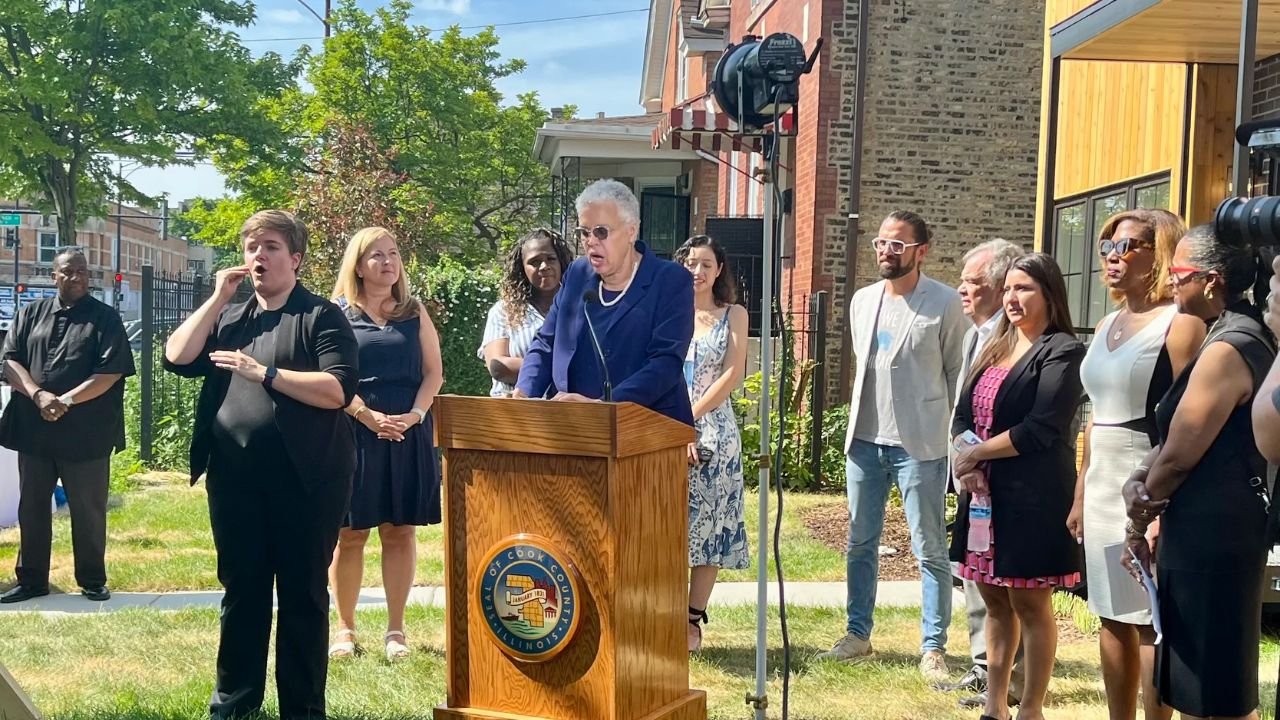CHICAGO — A new Cook County data dashboard is shedding light on long-term changes in how the justice system responds to crime — showing a sharp drop in arrests, shifting law enforcement strategies, and a recent rise in jail population.
Fewer Arrests Since 2019, Police Tactics in Flux
The dashboard, developed by Loyola University researchers in partnership with local officials, reveals that Chicago police made more than 78,000 arrests in 2019. But by 2024, that number had dropped to just over 47,000 — a sign that changes stemming from the pandemic may have reshaped law enforcement practices permanently.
The dashboard aims to map long-term justice trends in Cook County and includes data from police departments, courts, and correctional facilities. As noted by Chicago Tribune, the public tool is supported by the MacArthur Foundation’s Safety and Justice Challenge and co-developed by Loyola’s Center for Criminal Justice.
Policing and Sentencing Shifts Post-Pandemic
While total reported incidents have not dropped significantly, the dashboard shows that arrests have not rebounded to pre-pandemic levels, suggesting evolving police responses.
According to Loyola’s David Olson and Don Stemen, who helped lead the project, the largest drop occurred in drug-related arrests, which fell by nearly 60%. However, this likely reflects changes in policing habits, not actual reductions in drug activity.
Instead of prison time, many charged with drug offenses are now receiving probation or diversion, reflecting a broader shift toward community-based sentencing.
Weapon Arrests Increasing, Jail Population Rebounds
In contrast to drug arrests, weapons offenses have risen — from around 4,600 in 2019 to over 5,300 in 2024. Additionally, more individuals are being held in jail as they await trial.
The dashboard also reflects a growing jail population in 2025, potentially linked to the policy changes under Cook County State’s Attorney Eileen O’Neill Burke, who took office in December, and the shuttering of the county’s electronic monitoring program.
Olson cautions that early 2025 data is still limited but suggests the trend could continue upward before eventually leveling off.
Tool Aims to Improve Transparency, Strategy
“This is a strategic tool for stakeholders to track overall trends and discuss solutions,” said Ali Abid, deputy director of the Cook County Justice Advisory Council.
As new reforms like the elimination of cash bail take effect, the dashboard provides critical visibility into how Cook County’s justice system is evolving — and what still needs to change.
Do you think changes in policing and sentencing are making Cook County safer? Let us know your thoughts in the comments on ChicagoSuburbanFamily.com.














